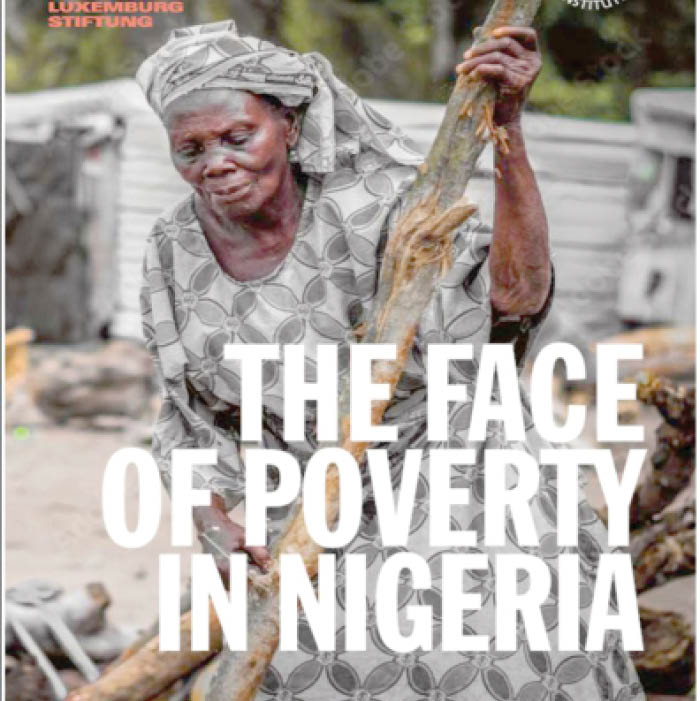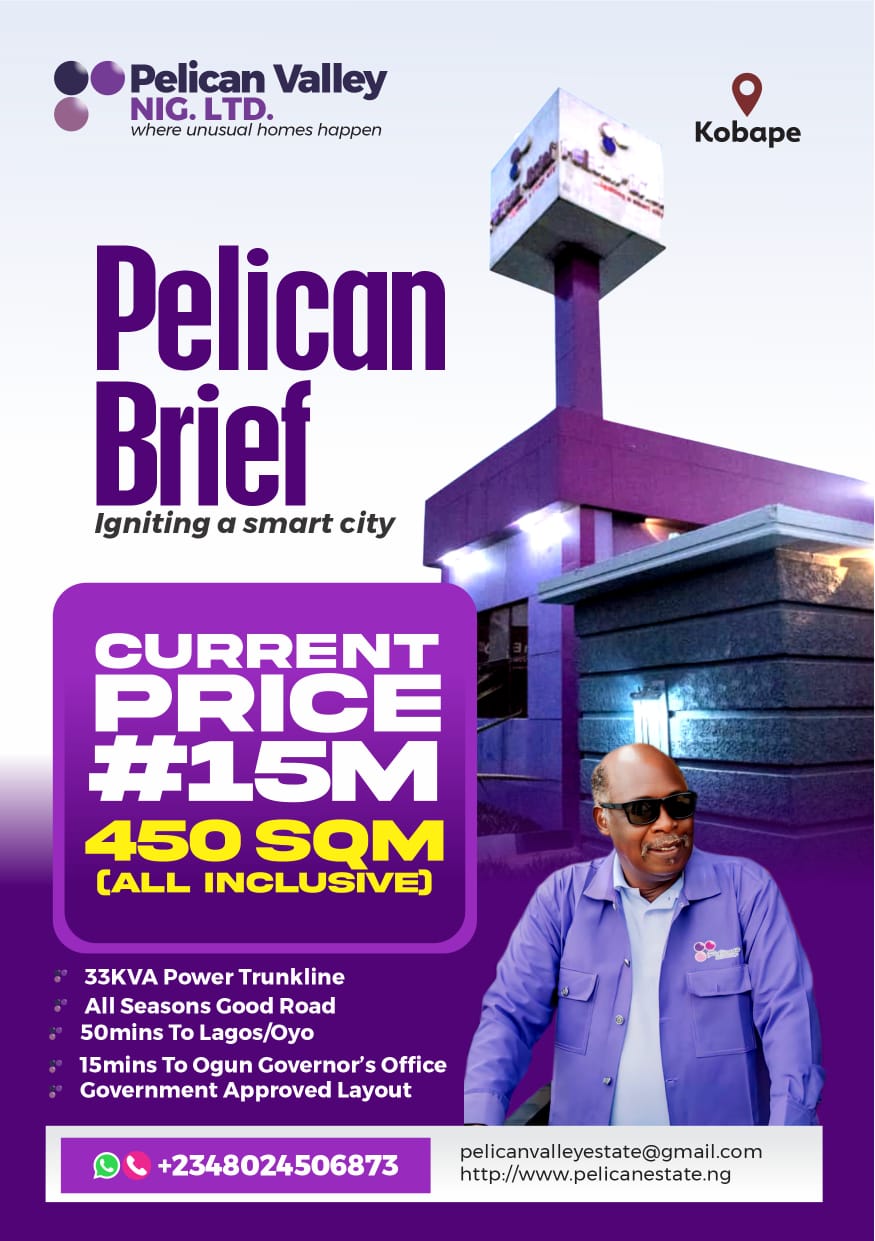[ad_1]
In April 2025, according to the World Bank Nigeria Poverty and Equity Brief Report, quoting the recent official household survey from the Nigeria National Bureau of Statistics, more than three out of four people living in rural areas are poor. They also said more than two out of five people living in urban areas are poor.
Finally, 30.9 per cent of Nigerians lived below the international extreme poverty line of $2.15 per person per day (2017 PPP) in 2018/19 before COVID-19. That is; over 73 million Nigerians were living below of ₦3460 per day since 2018/2019. Likewise, region disparity in poverty exists with the northern geopolitical zones, the poverty rate was below 46.5 per cent in 2018/19, compared with 13.5 per cent for southern region.
Inequality measured by the Gini index was estimated at 35.1 in 2018/19. The World Bank also revealed that Nigeria’s Prosperity Gap (the average factor by which individuals’ incomes must be multiplied to attain a prosperity standard of $25 per day for all) is estimated at 10.2, which is higher than most developing countries.
SPONSOR AD
The World Bank analysed from 2018-2024 that, additional 42 million Nigerians have fallen into poverty and projected that 54 per cent (more than half of Nigerians) will be in poverty by the end of 2024 (i.e. 104 million Nigerians will be poor by now). However, there are tendencies that it is currently going to be higher because this projection was done with the variables prevalent in the economy in 2019 before lockdown.
Considering, shocks from COVID-19 lockdown in 2019-2022, which created a supply and demand crisis, 2021 till date Ukraine-Russia war which affected international trade including the oil market, and the 2023 tough reforms by the present administration like floating of exchange rate and removal of fuel subsidy have largely changed the state of things economically.
According to the World Bank, poverty challenge has been an ongoing issue, with poverty rate in the economy substantially stagnating, reducing by only half a percentage since 2010. World Bank further identified that all these were a result of economic mishaps like low living standards in the urban part of Nigeria and little or no improvement, an absence of poverty-reducing jobs, over-dependence on oil revenue, and structural transformation constraints.
Since 2018/2019, when the last official household report was given, multiple economic shocks have been experienced in the economy. Some of these shocks were caused by policies sponsored by international institutions advocating for developing economies without considering consistency with the economic peculiarities of the country, while others were a result of non-functional state machinery.
Policies like the abrupt removal of fuel subsidy without proper economic plans to mitigate shocks and impact on households, firms and even the public sectors have resulted in various spiral impacts. These impacts range from surging inflation eroding incomes in households in Nigeria, to falling demand for goods and services as a result of eroded income, coupled with rising cost of production leading to reduction in production volume.
There are also other economically rugged approaches, like medium-scale firms looking for means to cut down cost and stay in business like offering jobs with little pay, often called “under-employment” or laying off of workers. The very consequence of such an economic atmosphere is the rising poverty rate figures that we have today.
Also, exchange rate floating policy effect is a culprit, slashing the economy size from approximately $476.47 billion in 2022 to $187.64 billion dollars in 2024, according to Statista, exerting more pressure on cost of living in an economy where virtually everything consumed by average Nigerians are imported to the country. Even most raw materials used in production are sourced outside our borders, with the exchange rate jumping from N460 to N1,609, this has obviously affected the prices of raw materials in the international markets, and many businesses now pay three times what they pay to get their raw materials and goods.
Now, considering other possible costs in production processes, like energy price, distribution cost as earlier stated, households in Nigeria are now paying more than three times what they pay as at two years ago for some goods and services in the market as a result of these policies. It should be noted that certain economic palliatives have been implemented to mitigate these effects on average Nigerians. Among these palliatives were N100 billion for the procurement of 3,000 quantity of 20-passenger CNG-powered buses, N200 billion to boost agricultural output, N75 billion for manufacturers, N125 billion for MSME, N185 billion for state palliatives, N1 trillion for student loans.
However, there are concerns about these palliatives; first, is the effective distribution of these initiatives to the targeted beneficiaries, considering looseness in accountability and supervision in most government initiatives. A typical example is the COVID-19 palliative, which were only projected in the media and few Nigerians benefited from it as opposed to the original plan.
For Nigeria to eradicate this menace, the federal government must target inducing production in the economy by the way of capital infrastructure, since it is the major argument for most reforms leading to these recent shocks. The federal government should look to answer the question of why we are not even producing as much as we should. Why do we fail to attract substantial foreign investment that leads to economic prosperity and an increasing manufacturing base? Few of these answers include heavy investment in infrastructure that promotes ease of doing business, like development of the energy sector targeted at the manufacturing zones, such that they produce stable and affordable power supply; an affordable transportation system.
The energy sector virtually affects every sector and every process of production, from sourcing, to processing, down to packing and finally, to distribution. Attracting investment that builds a robust energy sector that can cater for energy security, first targeted at production, is key to building a strong manufacturing base that meets local demand within the economy substantially.
Likewise, the development of the supply chain sector in Nigeria, especially the minerals sector, such that manufacturers are able to source their raw materials internally, reducing dependence on foreign markets and the problem of naira depreciation, are key to driving prosperity that will eradicate poverty in Nigeria.
It is also essential that food inflation, largely caused by insecurity in the North East and transportation costs should be heavily targeted by investing in security for the affected regions, because no investor will invest in a region heavily invested in crisis, and these sectors need heavy investment to solve the problems of food insecurity, food inflation and overall poverty rate in Nigeria that also affect the household.
Alaje can be reached via [email protected]
Do you want to share a story with us? Do you want to advertise with us? Do you need publicity for a product, service, or event? Contact us on WhatsApp +2348183319097 Email: platformtimes@gmail.com
We are committed to impactful investigative journalism for human interest and social justice. Your donation will help us tell more stories. Kindly donate any amount HERE




